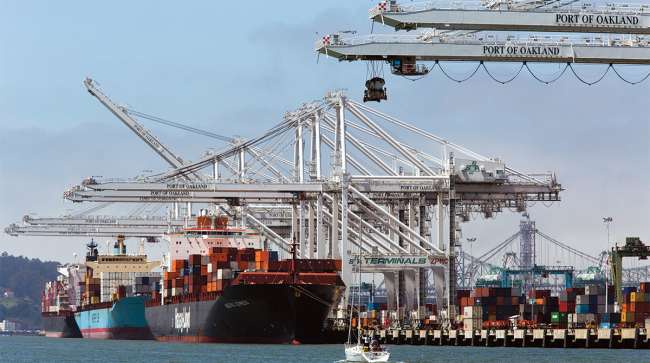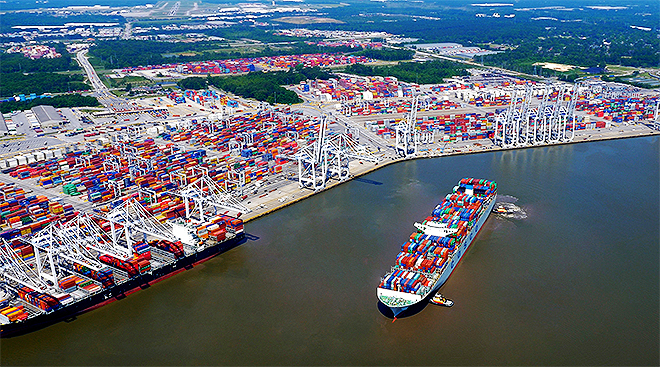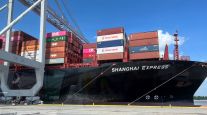Senior Reporter
Nation’s Ports Seek Billions in Multimodal Funding to Stay Competitive

The American Association of Port Authorities believes that in order for America’s ports to remain efficient and competitive during the next decade, more than $20 billion will be needed specifically to improve multimodal and rail access.
This is on top of the $155 billion the ports and private sector are already investing during the next five years to expand terminals and make needed infrastructure improvements.

The multimodal funding need is explained in AAPA’s annual report, “The State of Freight,” written by John Young, the group’s director of Freight and Surface Transportation Policy. “Ports are multimodal facilitators, and if the tools are not there for rail and trucks, and barges to access ports, then it really hurts our ability to move freight efficiently, not only through the ports but the communities in which they are located.”
The report said when it comes to obtaining federal funding through the 2015 FAST Act, specifically for multimodal improvements, much of the money is tied up by unnecessary or complicated requirements. For example, $1.13 billion was authorized for multimodal improvements, but it dwindled to $275 million after other grants were awarded. “Multimodal really is the lubricant that allows these projects, these port projects, and connectivity projects to work, whether it be highway or rail, and inside the gates,” Young said in an interview with Transport Topics.
AAPA said planning for the next 10 years and allocating the money should be done now because the nation’s ports are continuing to set records when it comes to the number of 20-foot equivalent container units, also called TEUs
In April, the Port of Oakland said cargo volume was up 2.9%. It was Oakland’s best April in 91 years.
For the first quarter of 2018, the port loaded 791,371 TEUs compared with 768,789 for the same period in 2017.
Other ports are reporting increases in April and the first quarter of the year.

The Port of Savannah. (Georgia Ports Authority)
The Port of Savannah said in April it moved 356,716 TEUs, a 7.1% increase compared with April 2017, when it moved 333,006 TEUs. The Georgia Port Authority said it is on track to move more than 300,000 TEUs each month and handle more than 4 million for the year, which it said would be a record.
Seaport activity supports more than 23 million jobs in the United States and it accounts for more than 25% of the country’s gross domestic product, according to AAPA.
“Trucks are rails’ No. 1 client, so there is a shared interest in having the network work efficiently, so these transactions can occur in a timely and efficient manner,” said Young. “More activity creates bigger challenges.”
In addition to the needed multimodal improvements, AAPA said it is encouraged so many ports are undertaking other major projects. Numerous ports are in the middle of extensive dredging projects, adding more massive cranes and new berths, along with widening access roads to improve the connections from the dockside to the highway on-ramps.
The New York-New Jersey Port Authority is spending $4 billion for ongoing terminal improvements. Last year it completed raising the roadway of the Bayonne Bridge by 50 feet, without taking the bridge out of service. The additional height means the port authority can accommodate much larger ships, and there is future expansion for cars and trucks.




